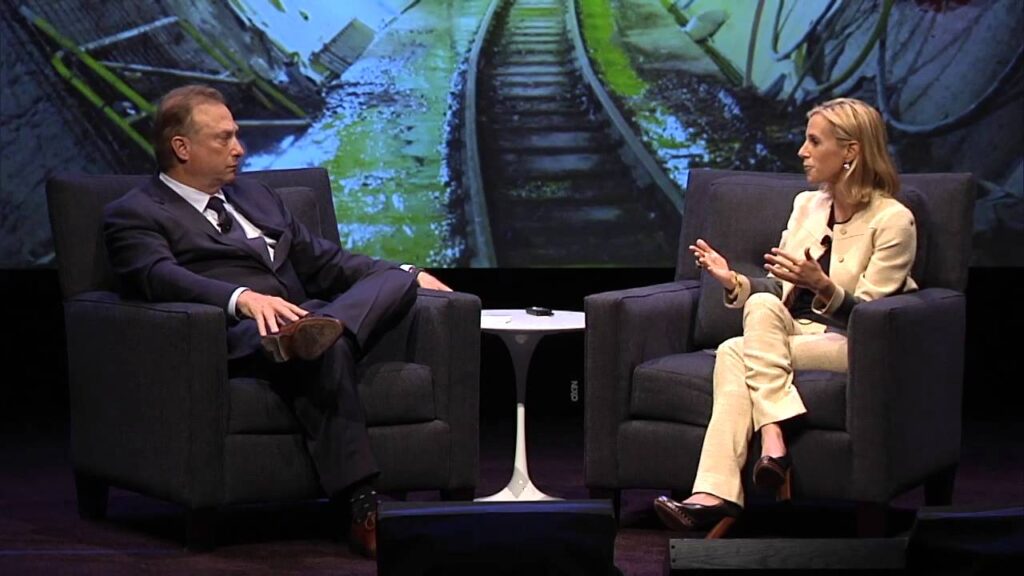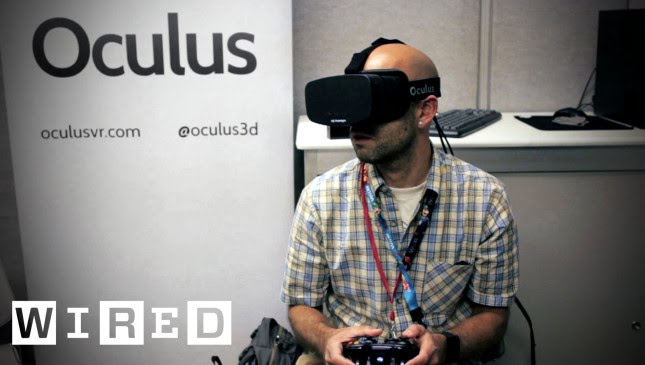Using a Hose Clamp to Separate Conjoined Twins
Summary
In this article, we discuss the successful separation of cranial pegasus twins, Aaron and Abb, who were joined together by the head. The surgery was challenging due to the need to ensure each brain had sufficient blood supply and drainage. The team used a biological matrix and four tools to gradually pull the twins apart, and ultimately used a custom device resembling a hose clamp to successfully separate them. The article highlights the importance of innovation in surgery to improve patient outcomes, especially for newborns.
Table of Contents
- The Challenge of Separating Conjoined Twins
- Using a Hose Clamp in Surgery
- Successful Separation and Surgical Navigation
- Conclusion
The Challenge of Separating Conjoined Twins
Aaron and Abb were cranial pegasus twins, joined together by the head. The surgical team faced the challenge of separating them without compromising the blood supply and drainage to each brain. To accomplish this, the team used a biological matrix and four tools to gradually pull the twins apart, rather than simply chopping them apart. This method ensured that each twin’s brain received sufficient blood supply and drainage.
Using a Hose Clamp in Surgery
The team used a custom device resembling a hose clamp to successfully separate the twins. The clamp is a band with notches that decreases in circumference as a screw is turned. The twins were separated using a distractor for five weeks and a contraction device for four weeks, which pulled them apart by 25 millimeters and further constricted their shared space by 30 millimeters. The use of distraction osteogenesis to push the twins apart further was abandoned due to skin ulceration. The team then turned to the custom device, which was successful in separating the twins.
Successful Separation and Surgical Navigation
Surgical navigation, similar to GPS, was used to confirm the direction of the surgery. The twins were successfully separated after 11 hours in surgery. However, the twins were missing twice as much skin and subcutaneous tissue as would be on the top of a normal head. This required additional reconstructive surgery to close the wound.
Conclusion
The successful separation of Aaron and Abb highlights the importance of innovation in surgery to improve patient outcomes, particularly for newborns. The use of a custom device resembling a hose clamp is just one example of how surgeons are using new tools and techniques to address challenging cases. As technology continues to advance, we can expect to see even more innovative approaches to surgery.







